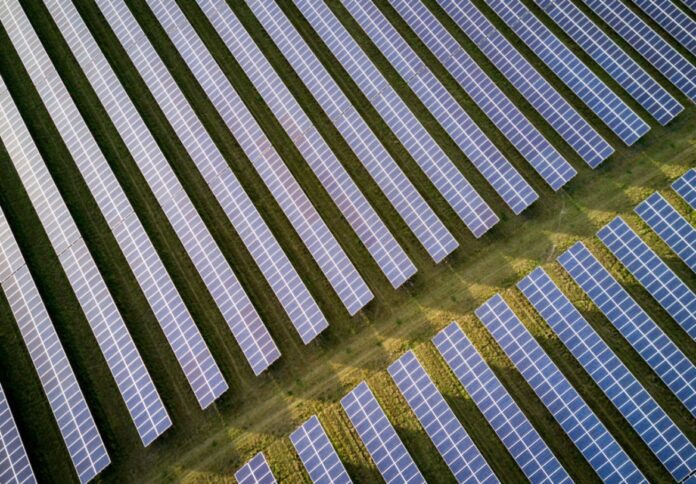
The NSW Government has introduced the Consumer Energy Strategy: Powering our People and Communities, a new initiative designed to overhaul energy use across the state, offering cuts to energy bills and improved cost-of-living relief for households and businesses.
The strategy, backed by a $290 million investment, is designed to simplify access to energy-saving technologies such as solar panels, batteries, and efficiency upgrades, the government said in a media release.
It outlines 50 key actions intended to support households and small businesses in cutting their energy expenses and adopting more sustainable practices.
“Through the strategy, we are making it easier for households and small businesses to access the cost-saving benefits of solar panels, batteries, and heat pumps, while they reduce their emissions,” said NSW Premier Chris Minns.
He added, “Having more energy saving technologies in homes and small businesses is the best way to help households and small businesses reduce energy bills, reduce emissions and improve electricity grid reliability.”
The Consumer Energy Strategy follows recommendations from the independent Electricity Supply and Reliability Check Up commissioned by the NSW Government last year.
The Check Up advocated for the development of a Consumer Energy Resources strategy, which has now been formally adopted.
Key actions within the strategy include:
- New incentives and rebate schemes: A $238.9 million Home Energy Saver program will be introduced, offering financial support to eligible households for upgrading to energy-saving technologies. This program is expected to be designed and launched by the end of 2025.
- Home energy ratings: Starting in 2025, new home energy ratings will be introduced, providing renters and buyers with detailed information about the cost of heating and cooling potential homes.
- Targets for solar and battery uptake: The strategy sets ambitious goals for the adoption of solar panels and battery systems. It aims for 1 million households and small businesses to have access to both technologies by 2035, with a target of nearly 1.5 million by 2050.
- Installation safety and reliability: The government will increase the number of electrical safety inspectors to enhance the safety and reliability of energy installations.
- Community outreach and resources: Funding will be provided to community organisations to offer practical resources and outreach, helping residents make informed decisions about energy efficiency and bill reduction.
Minister for Climate Change and Energy, Penny Sharpe, emphasised the strategy’s importance, stating, “Our vision is for NSW to be a leader in the energy transition, and this strategy is a crucial step towards achieving that goal.”
Sharpe also highlighted the strategy’s focus on accessibility and equity, noting, “By prioritising accessibility and equity, we are empowering households and small businesses to upgrade their homes and businesses. This will not only lower energy bills but also benefit our environment.”
This new strategy complements existing initiatives, including $435.4 million allocated for annual energy bill rebates and debt relief, $200 million for public EV charging stations, and $175 million for energy-saving upgrades in 24,000 social housing homes.
For further details on the NSW Consumer Energy Strategy, visit www.energy.nsw.gov.au/energy-strategy.




















